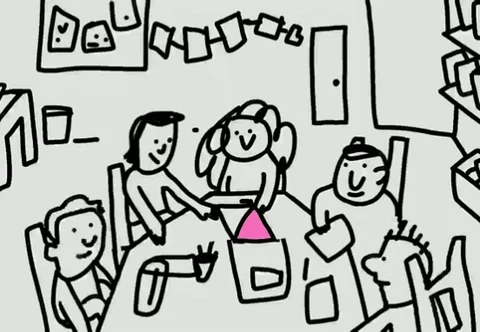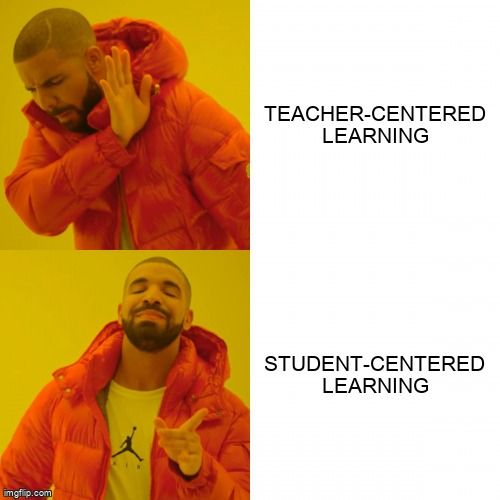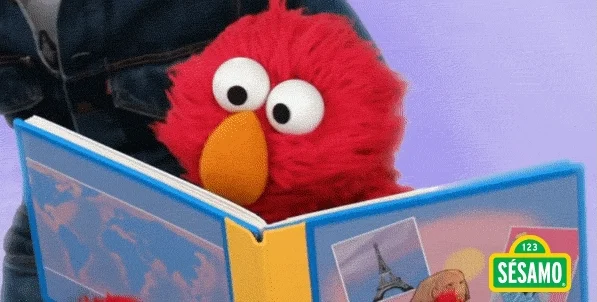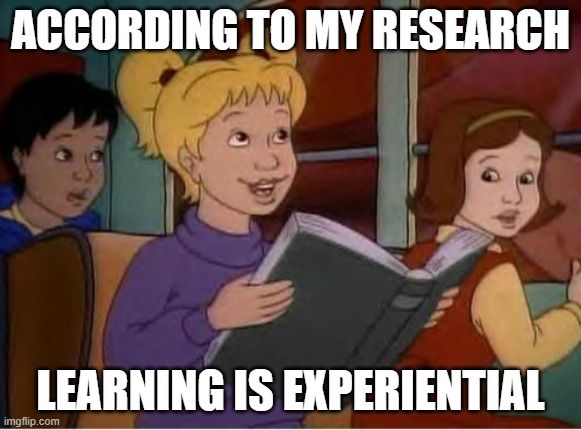Do you remember sitting in class and staring out the window as your teacher droned on and on at the front of the classroom?

Learning doesn't have to be all dry lectures and multiple choice tests. In fact, that's not how many people learn best.

Applying the principals of constructivist learning theory to your classroom can help your students thrive!
Principles of constructivism

According to constructivism, learning is:
active — learners need to be actively engaged in their own learning
social — collaboration helps learners construct meaning
contextual — learners build on their prior knowledge and make meaning by applying learning to their lives
based on motivation — learning needs to be relevant to learners' lives, or learners may lose motivation
Types of constructivism
There are a few constructivist learning theories:
cognitive constructivism — Piaget's theory that children learn according to their stage of cognitive development
social constructivism — Vygotsky's theory that learning depends on social interactions with peers
radical constructivism — von Glasersfeld's theory that people interpret knowledge through their environment and context rather than discovering an objective truth
Qualities of a constructivist classroom

Constructivist and traditional classrooms are different because:
teachers are facilitators of learning rather than the expert
teachers and students share authority in the classroom
learning is interactive
students work together in groups
learning is based on students' interests
Constructivist classroom activities

Constructivist classrooms encourage:
reciprocal teaching — students work together in pairs to teach each other
cooperative learning — students take on roles within a group to complete an assignment
problem-based learning — students work to solve a real-world problem
inquiry-based learning — students research their own questions, gather evidence, and draw conclusions
Quiz time!

Mrs. O'Rourke wants to teach an addition lesson using a constructivist approach. She is considering structuring her lesson in the following ways:
A. Mrs. O'Rourke models a strategy for solving an addition problem. Students complete problems independently while Mrs. O'Rourke circulates and provides feedback.
B. Students work in a group using manipulatives to model addition problems. Mrs. O'Rourke circulates asking students questions about their strategy.
C. Students work in pairs to solve an addition problem. Then, they present their strategy to the class.
Quiz
Which of the following activities represent constructivist learning principles? Select all that apply.
Take Action

Interested in learning more?
Your feedback matters to us.
This Byte helped me better understand the topic.

